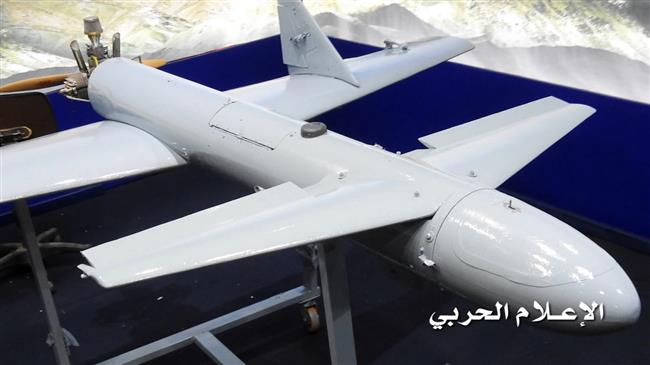Dozens of Saudi mercenaries killed as Yemeni retaliatory attacks hit camp in Aden
Yemeni armed forces have launched missile and drone attacks on a camp of Saudi-sponsored militiamen loyal to the country’s ex-government in the port city of Aden, killing dozens of them, including a commander.
The Yemeni forces — led by the Houthi Ansarullah movement — said they hit the Jala’a camp west of the city while the mercenaries were holding a military parade on Thursday, Yemen's al-Masirah TV reported.
They said a Qasef K2 (Striker K2) drone and a medium-range ballistic missile were used in the joint operation with the aim of destroying the enemy forces.
The report cited a Houthi military spokesman as saying that the parade being staged in preparation for a military move against the provinces of Taiz and Dalea, which are under the control of Ansarullah movement.
Meanwhile, the Saudi-owned Al Arabiya al-Hadath channel put the number of those killed at 40.
A military source confirmed the death of the commander loyal to Abd Rabbuh Mansur Hadi, the former Yemeni president.
A witness told Reuters that “a group of soldiers were crying over a body believed to be of the commander,” referring to pro-Hadi militants.
Missile attack on Dammam
In a separate retaliatory attack on Thursday, Yemeni forces targeted a military base in the city of Dammam in Saudi Arabia’s Eastern Province with ballistic missiles.
There were no immediate reports about the possible casualties and damage from the attack.
Foreign mercenaries in Yemen are being funded and armed by Saudi Arabia and some of its regional allies.
The army and Ansarullah forces have intensified their retaliatory strikes to force Riyadh to stop its onslaught against its neighbor.
Saudi Arabia and a number of its regional allies launched a devastating campaign against Yemen in March 2015, with the goal of bringing the government of Hadi back to power and crushing Ansarullah movement.
The US-based Armed Conflict Location and Event Data Project (ACLED), a nonprofit conflict-research organization, estimates that the Saudi-led war has claimed the lives of over 60,000 Yemenis since January 2016.
'Next to impossible' to rescue patients from Gaza's Kamal Adwan Hospital: Director
VIDEO | Vietnam current prosperity
Report blames gasoil exports for shortage at Iranian power plants
VIDEO | Hind Rajab Foundation names Israeli war criminals vacationing after Gaza genocide
VIDEO | Australians rally for Gaza ahead of Christmas festivities
VIDEO | Attacks on Sana'a
Iran reports further drop in annual inflation rate in December
Israel indicts two settlers over suspected spying for Hezbollah














 This makes it easy to access the Press TV website
This makes it easy to access the Press TV website